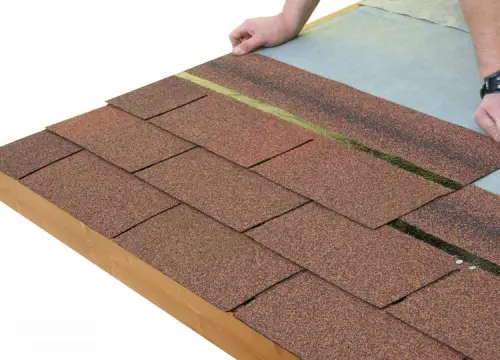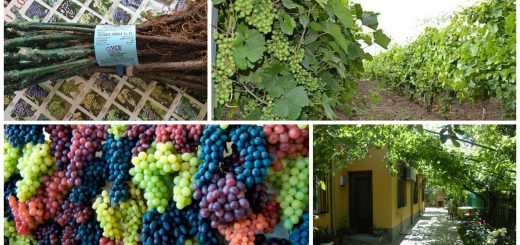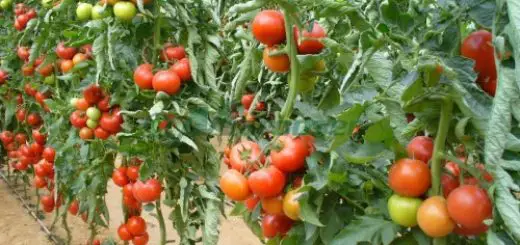Bitumen Sheets – Pros And Cons
We often find ourselves in those situations when we have to choose. The same in constructions, where the wide range of materials available these days makes it hard for us to identify the best solution for your home. The simplest way to find it is to compare the materials from all the perspectives and then see what fits you best in terms of design and budget. Narrowing it down to the roof, here is a close look at the bitumen sheets, analyzing pros and cons.
First of all, bitumen sheets also known as asphalt shingles can be installed on any type of roof, are easy to install and repair and have a very low price, its main advantage in the competition with other roofing materials. It can be ordered in various fancy styles that mimic wood shakes or slate, adding extra color and texture to the home. Basic three-tab shingles dominate the category, but thicker, high-end laminates are available in many colors and with deep shadow lines.
Unlike most other roofing materials, which require specialized training and experience to properly install, asphalt shingles can be installed by any knowledgeable roofing contractor, completing a roof in just a matter of days. It is even possible for a homeowner skilled in DIY projects to install an asphalt shingles roof on their own. Also, while asphalt shingles are not the lightest material available, they are light-weight enough to be installed on almost any roof without requiring any additional structural support.
It also a durable, multi ply roof membrane, with an exploitation period going beyond 40 years, with little maintenance works required all this time. It copes well with extreme weather conditions, from low to high temperatures, is a very good sealer, ensuring a high degree of soundproofing and causes no condensation.
Turning to cons now, bitumen shingles is easily inflammable, not eco-friendly in either the production stage or after the end of the life cycle when they are hard to recycle, doesn’t ensure good ventilation under the roof, its durability is lower than metal’s, about half the life expectancy of the latter. It also scores low when it comes to overall aesthetic, running the risk of blistering. They are not resistant to extreme temperature variations, which causes expansion and contraction of the shingle and subsequent cracking, this is why shingles perform better in cooler climates rather than hot temperature conditions; extreme heat causes shingles to crack and loose color.
Sources: Roofincgalc.com, Constructii-neamt.ro, Dedeman.ro



















